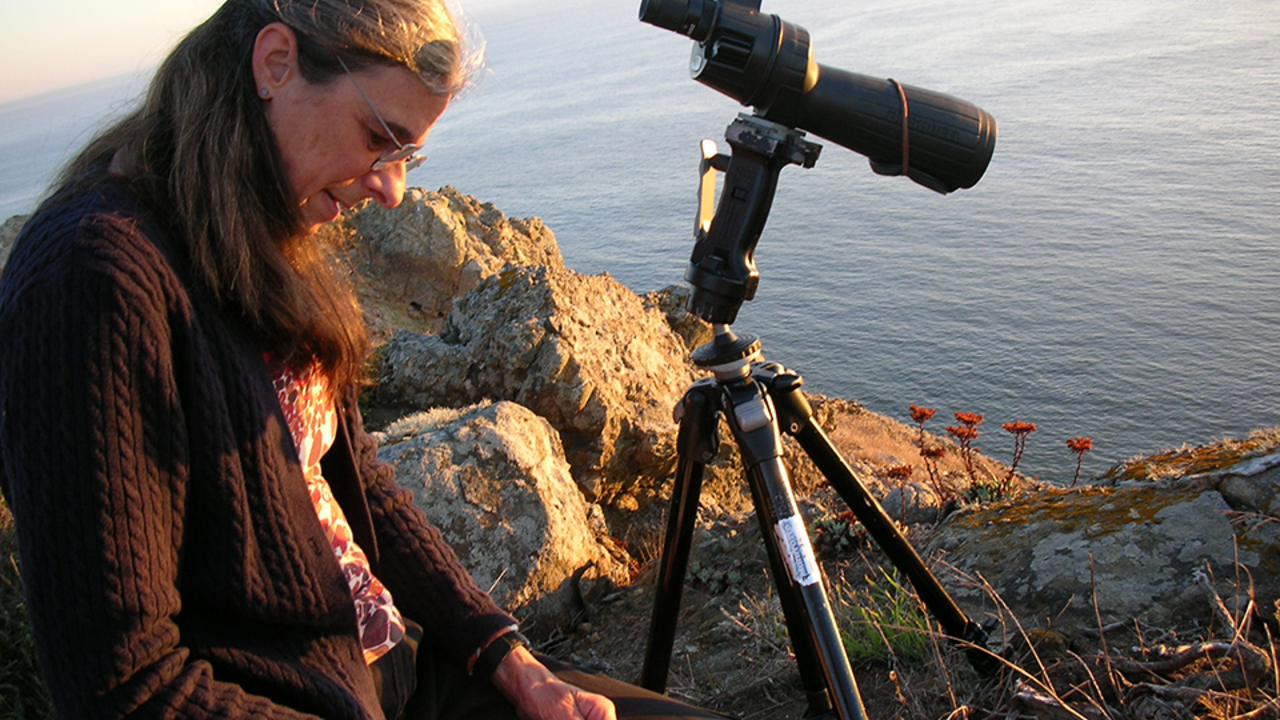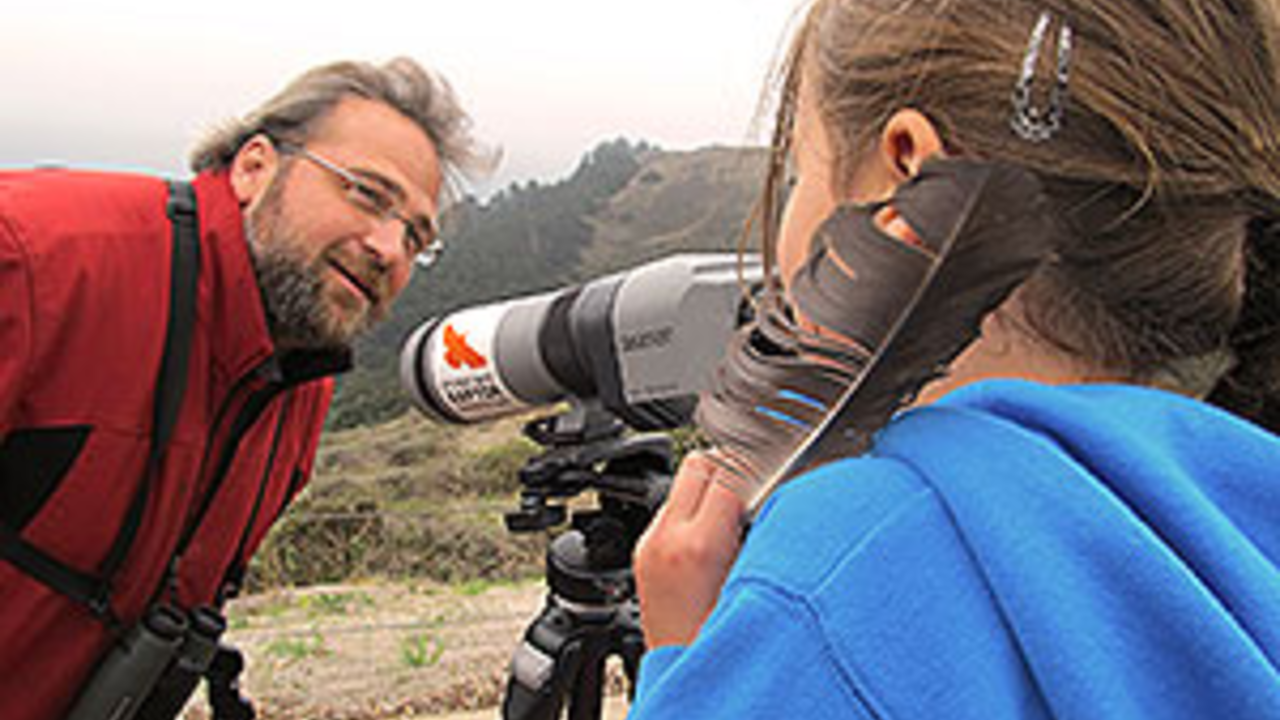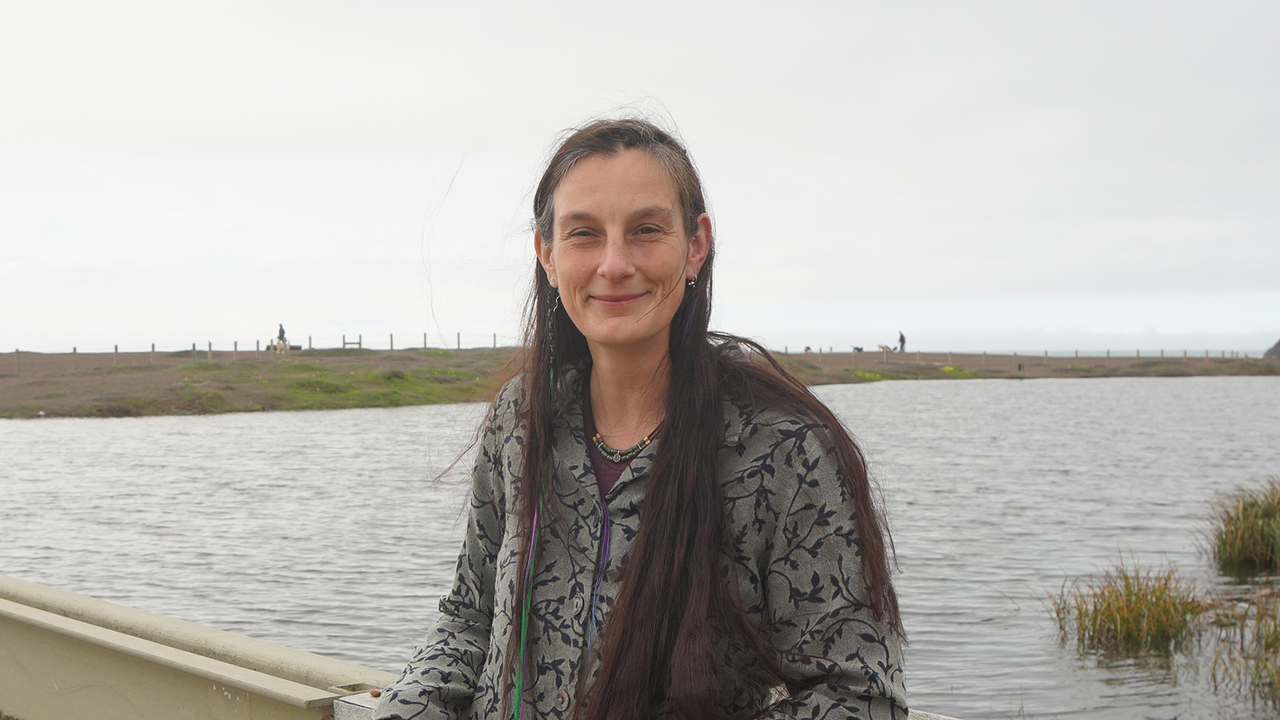Scientist Profile: Dr. Alison Forrestel, Natural Resources Chief
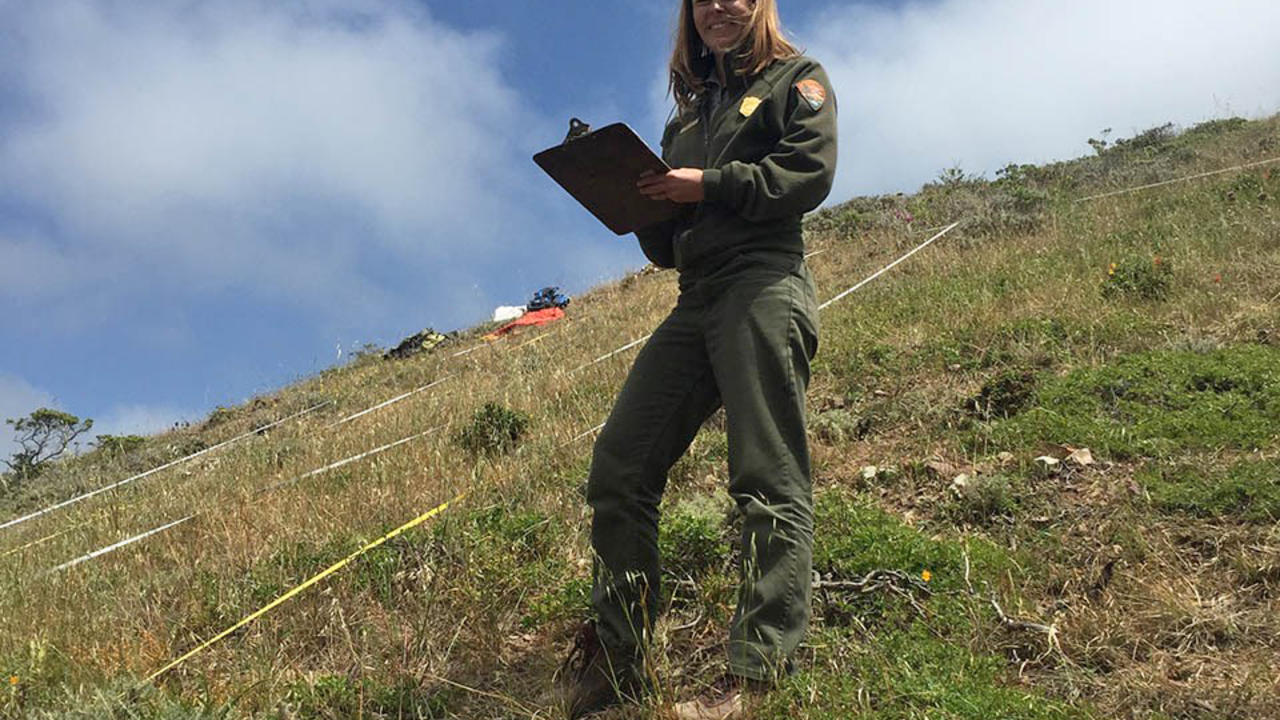
NPS
Note: Since this interview was originally published, Alison assumed the Chief of Natural Resources & Science position at Golden Gate National Recreation Area. This interview was conducted while Alison was still a Supervisory Vegetation Ecologist.
On Discovering the Outdoors...
“I thought I wanted to be a doctor, so I started my undergrad in PreMed. I really liked my biology classes, and thought, this is definitely what my brain likes to do. I didn’t grow up camping or hiking, but during college I had the opportunity to spend a semester in the desert Southwest, near Saguaro National Park. During those months, I fell in love with the outdoors and decided that I wanted to pursue a career that involved being outside. So I switched to environmental biology, and I’ve been doing environmental science ever since.”
“After graduating, I spent a year as a Student Conservation Association intern with the USDA working on biocontrol of invasive plants in Florida. Then I went back to school and got my masters in Forestry. When I finished, I applied for a government-wide program called the Presidential Management Fellows Program, which helped me get my first job with the National Park Service. I was placed in the Pacific West Regional Office in the Lands Division, which is the group responsible for tracking park boundaries and acquiring new lands for the parks. While I was there, congress cut funding to the Land and Water Conservation Fund, the program supporting our work. At that point I was transferred to Point Reyes National Seashore, into a job as the fire ecologist for the San Francisco Bay Area Network parks. That turned out to be a wonderful stroke of luck—I was so happy to be out in a park.”
On Fire Ecology...
“When I started at Point Reyes, my background was in forest ecology, and I didn’t know as much about fire ecology. I quickly discovered that, oh my gosh, fire is so cool. It is such a large-scale, powerful natural process. The way that it affects ecosystems is incredible. Plants have so many interesting adaptations to fire. There are species that won’t germinate unless they’re exposed to smoke, and others that resprout vigorously after fire. At Point Reyes, the cones of the Bishop pine are sealed closed with resin, so they’ll only release the seeds from their cones if they’re exposed to the heat of a fire.”
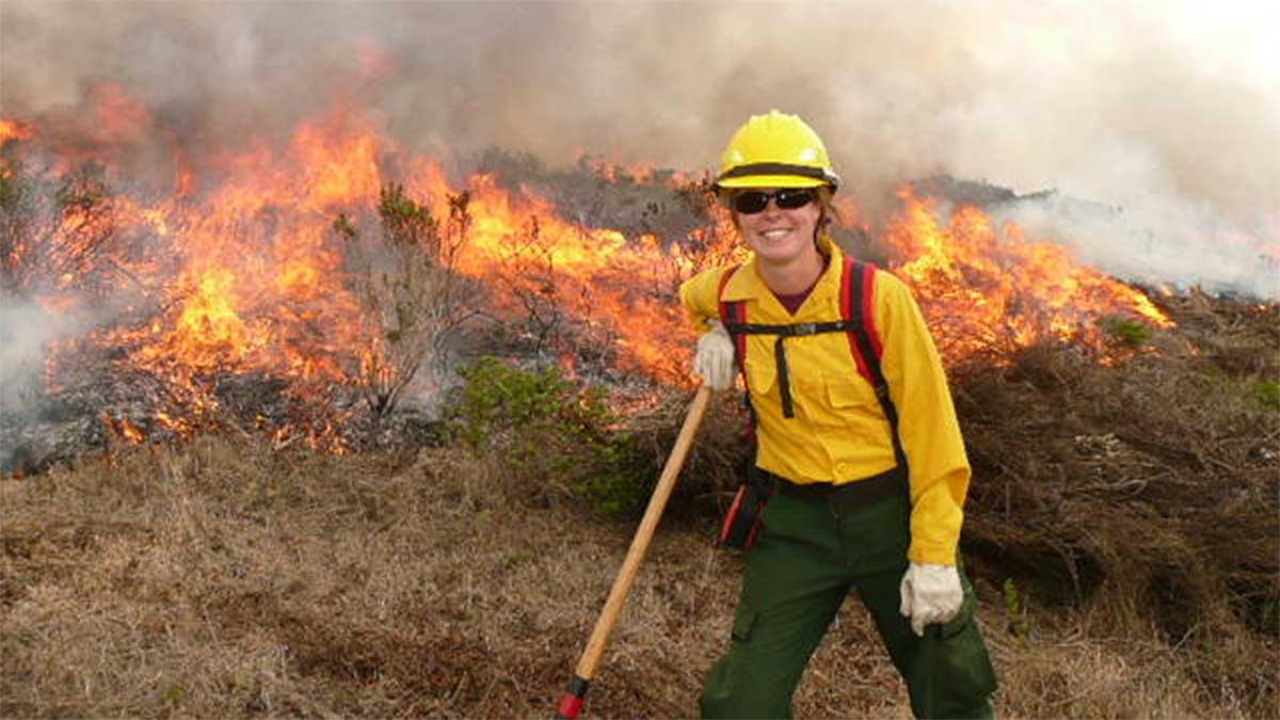
“After a few years working as the Fire Ecologist for the network parks, I decided to go back to school and get a PhD in fire ecology. I was lucky to have the support of the Park Service to do a PhD while I was working. It was a great opportunity to be in the science world and the applied world at the same time.”
“One thing I did for my PhD that I really loved was creating a fire history for Crater Lake National Park, which at the time wasn’t understood very well. We got to hike all around the park to collect fire scars and core trees to count the rings and figure out how old the trees were. It was fun to see the park in that way: spend all that time in the field, and piece together the history of the forest from the tree rings.”
On Her Work Now....
“I had been at the fire ecology job for eight years and was finishing up my PhD when the supervisory vegetation ecologist position opened up at Golden Gate. I knew my heart was in natural resources, so I went for it. I was excited to have the opportunity to work in that division, and work on vegetation stewardship and restoration more broadly, beyond fire. I’ve been managing the vegetation program at Golden Gate for six years now. I love working on protecting and restoring habitat throughout the park. Golden Gate has a tradition of taking on ambitious restoration projects and being part of those has been very rewarding. One of my favorite projects has been the conversion of a dirt parking lot to a freshwater emergent wetland near Rodeo Beach. Working to help transform places like that is one of the best parts of my job. Golden Gate has an incredible diversity of native plants including 44 rare, threatened, or endangered plants. I also love being part of the team that monitors and protects all of our biodiversity.”
“I’ve experienced the challenging role scientists have in the National Park Service firsthand. I’ve learned the importance of taking science, especially academic science, and translating it to be useful for management. And similarly, communicating to scientists which scientific questions are meaningful to managers. I really feel like that’s my role—to help build connections between the scientific community and the park.”
On Life Outside of Work...
“I have two small kids and I really enjoy sharing my love of nature with them. With my daughter, who’s five, I ask, “Why do you think it’s like this? Do you have a hypothesis?” Exploring the world with her through a scientific lens is so neat. My husband is an academic scientist, so we have a pretty nerdy science household overall. And we love to hike, backpack, and be outside.”
Reflections...
“My path has been very opportunistic. I didn’t plan it all out at the beginning, and yet I am so happy with how it has unfolded and where I have ended up. I encourage young scientists to be determined and go for what they want. Especially women scientists. There can be subtle biases that come up in ways you might not notice, but that might discourage you. So be determined, and try again if you fail or get rejected.”
Narrative adapted from interview by Maritte O’Gallagher, April 2018.

